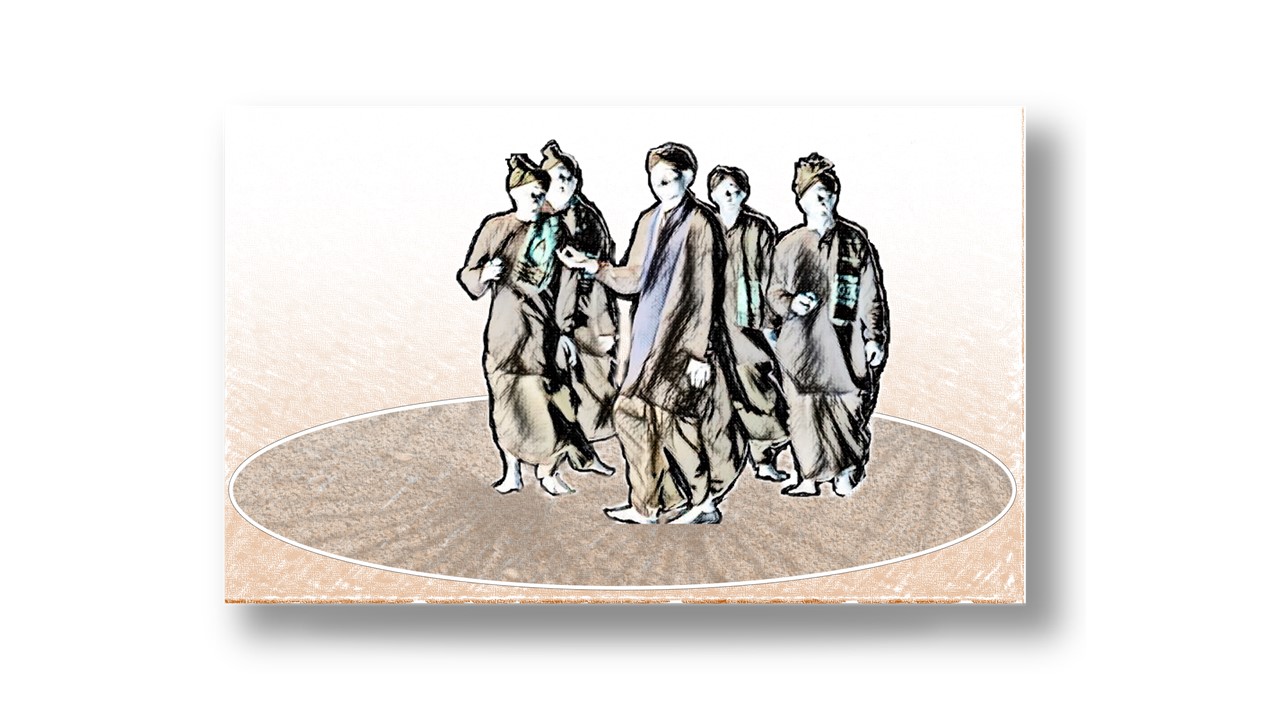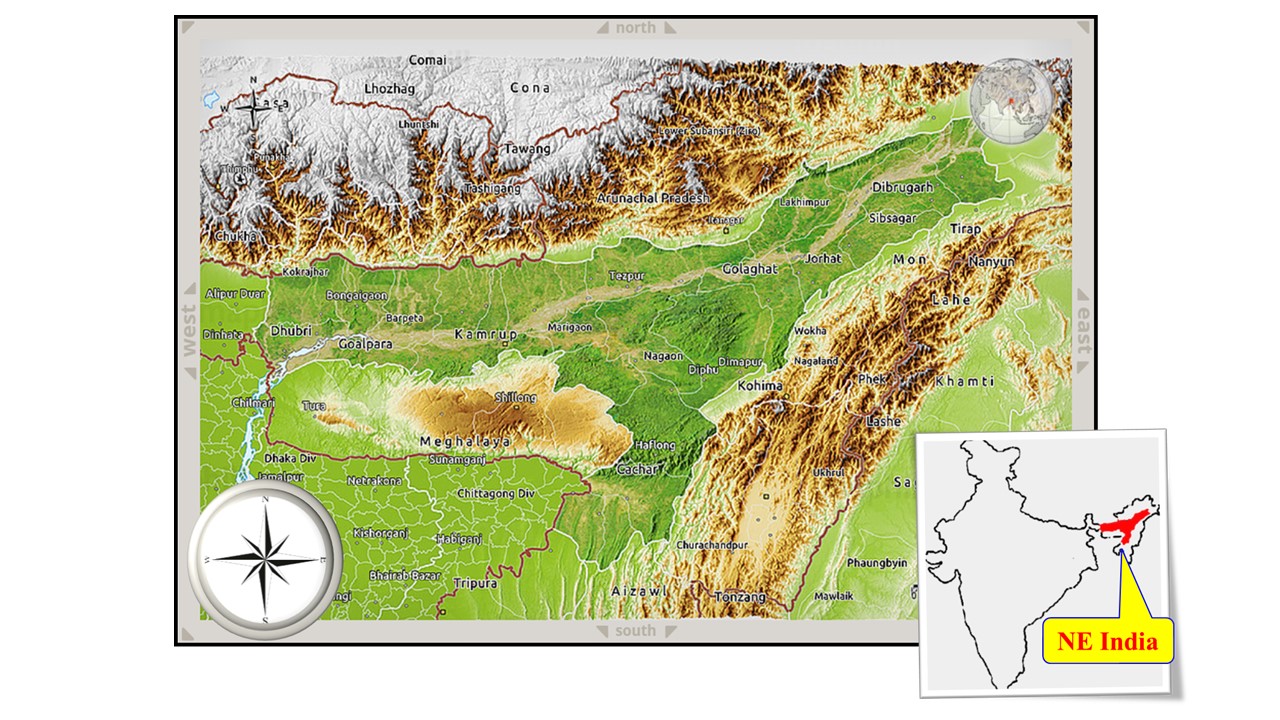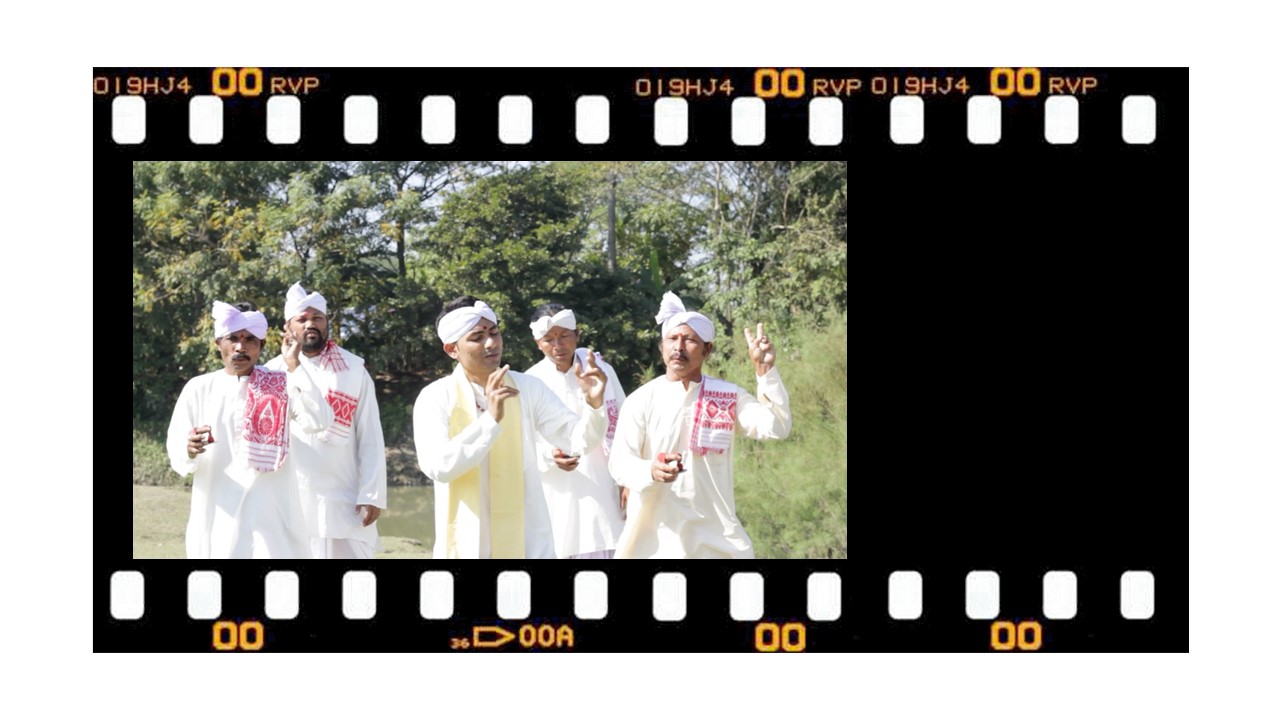18 March 2019
Communicating climate change through traditional folk theater
Posted by Shane Hanlon
By Nabanita Borah
Working as a scientist turned communicator is, I believe, one of the toughest jobs. Working with the non-experts specially without any scientific background knowledge is not easy at all. And specially when those non-experts are just making ends meet. During my PhD, I could realize how more often than not the scientific outputs do not reach common citizens or may get distorted over the process of simplification. I observed how poor the weather and climate awareness are in among the common Indian public or should I say in any developing country!! The two major concerns of relevance I had noticed are lack of climate scientists to translate the scientific outputs to an easily understandable form and poor mechanism to efficiently communicate the translated content to common public.
The missing link between the experts and non-experts always worries me. During my Post-doctoral days at the Center for Land, Ocean and Atmosphere (COLA), in George Mason University (GMU), Fairfax, VA, I started actively working for science communication, climate change communication to be precise, in a project about turning climate change misinformation into learning lessons, led by Dr. John Cook of GMU and then apply those to spread climate change awareness.
In my recent project, I am trying to make the rural people of Assam, the eastern-most state of India, aware about the recent climate changes through participatory Traditional Folk Artform.

A schematic representation of Ojapali, where the Ojha (The leader) at the center is narrating climate change to his Palis (associates).
Assam is vulnerable to climate change due to its Geographical location and various socio-economic conditions. Hence, spreading climate awareness in this part of the world seems really important to me. This place is also a treasure house of different folk art forms. Hence, I decided to use one of the most ancient folk artform ‘Ojapali’ to communicate climate change and test its efficacy.
Ojapali is a very energetic and engaging folk performing art with most of the significant theatrical elements: song, dance, gesture, acting and dialogue. The performance takes place among the audiences, mostly in an open space without a conventional stage and hence a low-cost mode of communication. Ojapali plays a great role in spreading moral and ethical values, sharing knowledge, sharing agricultural information etc. among the Assamese people since the old days and thus acts as an effective communication medium.
The video link below shows a glimpse how this artform has been used for an introductory study and was presented at the AGU 2018 Fall meeting, Washington DC.
Click the image to follow to the YouTube video.Since, Participatory performance is useful for communicating complex information to groups comprising of members with heterogeneous levels of knowledge and, also folk art can be a useful way to establish emotional engagement among non-experts, especially among a non-literate crowd, I am hopeful that this project will definitely give me a way to go to the common public more effectively.
– Nabanita Borah is a researcher and a science communicator who did her PhD at Atmospheric Science from the Indian Institute of Tropical Meteorology, Pune India.












 The Plainspoken Scientist is the science communication blog of AGU’s Sharing Science program. With this blog, we wish to showcase creative and effective science communication via multiple mediums and modes.
The Plainspoken Scientist is the science communication blog of AGU’s Sharing Science program. With this blog, we wish to showcase creative and effective science communication via multiple mediums and modes.